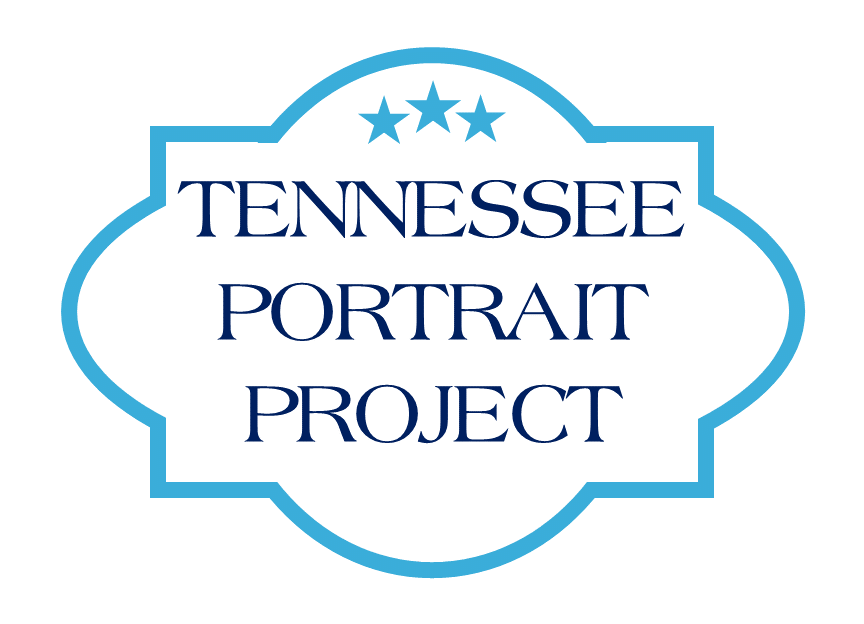|
1851-1913 American
While Henry Stull initially wanted to be an actor, his life and art ultimately revolved around racehorses, especially at Coney Island, New York. To make this point, it has been said he was born above a stable in Hamilton, Ontario, Canada in 1851, but this may be an item helpful to making his life story seem even more predestined. However, he did have close exposure as a child to horses because his father was the driver of a horse-drawn hack. Stull could have succeeded him, but instead went to New York City in 1873, hoping to be an actor. However, he failed, and in order to make money, took a job with an insurance company, “but the racetracks and considerable innate artistic talent liberated him.” (Peluso, 18B)Hoping to become an illustrator, Stull did a portfolio of sketches that he submitted to Frank Leslie, owner and editor of Leslie’s Weekly. Leslie hired him to do caricatures, cartoons and lampoons, a job he held for three years. Meanwhile, he attended horse races, and while watching one at Jerome Park in the Bronx, he sketched “Fiddlesticks”, a horse owned by August Belmont. Copying the sketch to more high-quality paper, he submitted it to the editor of Sporting New Yorker, who published it. Belmont then saw the image of his horse, and used his influence to get Stull an illustration job with Spirit of the Times, a horse and sporting magazine, which in turn, attracted the attention of the editor of Harper’s Weekly. With the title Race Horse Portraits at Monmouth Park, Stull’s horse paintings were first published in Harper’s on August 18, 1883.
Meanwhile, he began the study of horse anatomy at a veterinary college. With his flattering horse portraits, highly accurate in musculature, he also attracted the attention of other wealthy, powerful horse owners, who became his patrons and clients including William Whitney, Pierre Lorillard, Leonard Jerome, and several men who owned Kentucky Derby winners—H.K. Knapp (Yankee Notions, 1913) and John Madden (Plaudit, 1898). Another client was Samuel Riddle, owner of Man o’ War.
Stull painted the portraits in his studio in New York City based on drawings of the horses in their natural settings. He spent so much time in the bluegrass horse country of Kentucky–his last visit in 1912–that it was said he might as well have lived there.
From 1879 to 1912, Stull painting horses in nearly every year, of which more than 110 survive. At one time, each of the New York and Brooklyn jockey clubs had between five and fifty of his paintings. Stull not only painted horses but he bet on them and also owned one, Brad Law, whose portrait he painted in 1902.
Henry Stull is generally thought of as one of two major nineteenth-century painters of thoroughbred racehorses in America. The other is Edward Troye.
Stull died in 1913, the same year that the Brighton Beach track closed, having succumbed, as did several others earlier, to strong antigambling political pressure.
Sources include:
A.J. Peluso, Jr., “Henry Stull’s Horses Scratched”, Maine Antique Digest, May 2006, p. 18, Section B
Michael David Zellman, 300 Years of American Art
|
|




